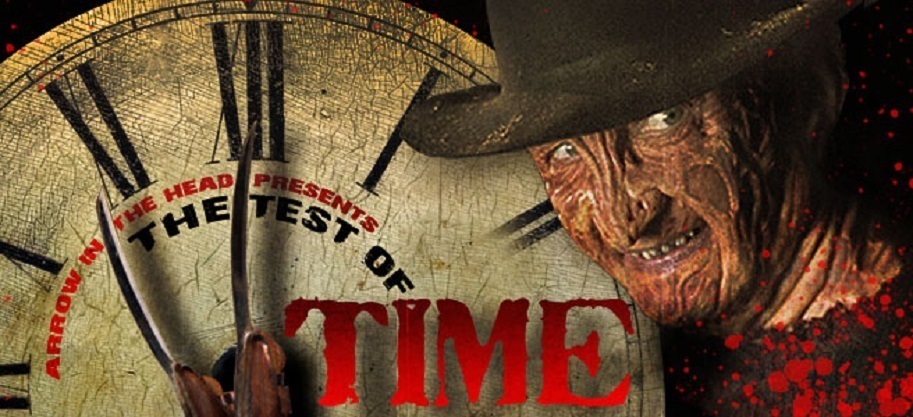
We all have certain movies we love. Movies we respect without question because of either tradition, childhood love, or because they’ve always been classics. However, as time keeps ticking, do those classics still hold up? Do they remain must-see? So…the point of this column is to determine how a film holds up for a modern horror audience, to see if it stands the Test of Time.
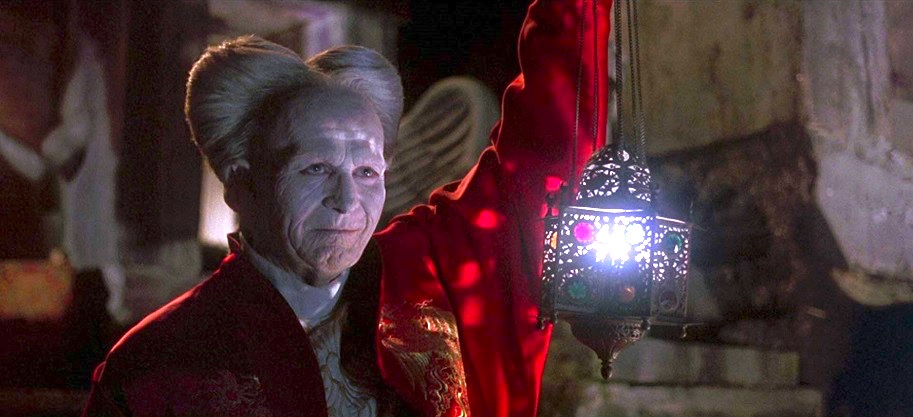
DIRECTED BY FRANCIS FORD COPPOLA
STARRING GARY OLDMAN, WINONA RYDER, ANTHONY HOPKINS, SADIE FROST, KEANU REEVES
While we can surely rule out the sorry new Netflix series, the question still must be posed: what’s your all-time favorite Dracula flick or TV adaptation? Who’s your favorite actor to play the suave iconic bloodsucker? Is it a Hammer film starring Christopher Lee as the slick calculating count? Perhaps it’s a Bela Lugosi flick or two? Maybe even an early Lon Chaney Jr. joint? Let us know below, yo!
In the meantime, I submit that the great Gary Oldman ought to be considered as one giving one of the best turns as Count Dracula in Francis Ford Coppola’s 1992 adaptation of BRAM STOKER’S DRACULA. If Oldman’s rendition isn’t one of the strongest and most disturbing, it’s certainly one of the most offbeat and original of all onscreen Dracula interpretations we’ve seen to date. I’d put his performance right up there with Max Schreck and Klaus Kinski in the NOSFERATU flicks as the most unique Dracula turns to date.
But not to bury the lead, it’s high time we reassess how well, or not, Coppola’s 1992 adaptation plays in 2020 as a whole. Not to compare and contrast it with the Netflix miniseries (because there is no comparison), but to see how well the artistic vision of one of the greatest filmmakers of all time holds up in an era of oversaturated content that depends on quantity over quality. You down? Let’s roll. It’s BRAM STOKER’S DRACULA versus The Test of Time!
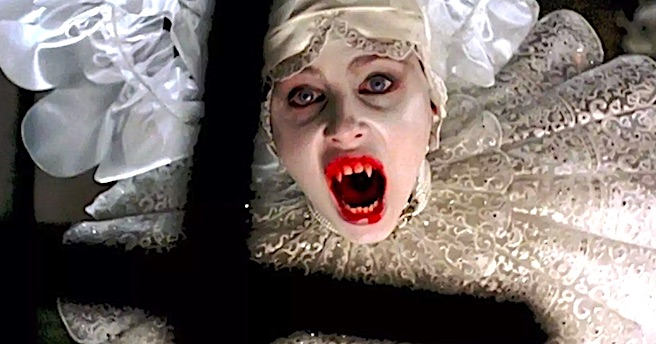
THE STORY: Adapted from Bram Stoker’s 1897 infamous Gothic horror novel, DRACULA is easily and admirably one of the most faithful onscreen depictions of the celebrated story. Scripted by James V. Hart (HOOK, CONTACT), you probably already know the tale well enough for us to skip a few substantial plot points. For our purposes, the film begins with a nightmarishly surreal preamble in 1492, where Vlad Dracula’s (Gary Oldman) beloved wife Elisabeta (Winona Ryder) kills herself. Her soul is damned to eternal hell, which causes Dracula to blaspheme, channel evil and vow fiery vengeance from the grave. Cut to 1897 when young solicitor Jonathan Harker (Keanu Reeves) is tasked with handling Dracula’s real estate business, sparking a perpetual relationship of torture and torment. As Harker travels to Transylvania and witnesses Dracula’s ominous and foreboding castle – itself filled with horrifying haunts – he begins to know all about the Count’s evil comportment.
When Dracula learns Harker has a beautiful lover named Mina (Ryder again) waiting for him, the odious flesh-eater uses his sophisticated charms to woo and seduce her into his calculating clutch. Meanwhile, Dracula has his three brides seduce Harker in one of the most luridly eerie and lewdly dreamy sequences ever filmed. Once Dracula steals Mina from Harker, the young buck is determined to win her back by whatever means necessary. By now, Dr. Abraham Van Helsing (Anthony Hopkins) has caught wind of Dracula’s treatment of Lucy Westenra (Sadie Frost), Mina’s roommate. Van Helsing tries to help Harker stop the bloodsucking fiend from transmuting Mina into a vampiric siren. With each side gathering reinforcements to battle the other, a barbarously gruesome finale takes hold that ends with a blissful reunion of the two malevolent lovers in heaven, reverted as Vlad and Elisabeta. A lot transpires in the interim, but that’s the crux of the 400+ page original story.
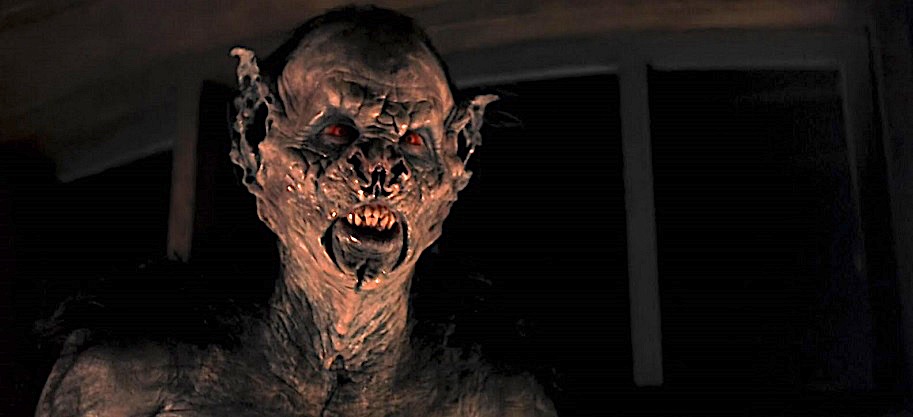
WHAT HOLDS-UP: What instantly leaps to the eye as holding up are the same elements the movie was awarded for by the Academy in 1993. That is, the Oscar-winning Makeup and Art Direction definitely remain one of the strongest aspects of the film. In fact, the visual marvel of Coppola’s fastidious framing, surreal set designs, and virtuosic camera movements are what keep the film feeling as eerie, epic and expansive as it does. Remember, this movie was shot in a Culver City studio, yet genuinely feels as if it were shot on location in Romania. Word is Coppola was heavily influenced by F.W. Murnau’s 1922 NOSFERATU and wanted to recreate the off-kilter surrealism featured in that film. As a result, Coppola hired the great cinematographer Michael Ballhaus (GOODFELLAS, THE DEPARTED, GANS OF NEW YORK) to achieve the dazzling period detail seen in the film – the soft flickering candlelight, amorphous shadows, moldering interiors festooned with shiny baubles and antique furnishings, etc.
Helping preserve this visual design in a kind of amber is Coppola’s choice to ignore the use of optical visual FX. Save for one shot of glowing blue flames outside of Dracula’s castle as Harker arrives, every single FX shot in the film was done in-camera, without the use of CG augmentation. This was insisted upon by Coppola, who fired his traditional FX team assigned to the production and hired his 29-year-old son Roman to handle the practical FX. Old school matte work and composite shots were arranged in camera to achieve certain shots like Dracula’s eyes appearing in the sky as Harker rides the train, or the map superimposed over Harker’s face in the same scene. All done on set! Another example, which also reinforces the sense of surrealism, is a shot of Lucy returning back into her grave was shot backward to retain an ethereal quality. All of these shots hold up well because they are not reliant on aged technology. They feel real, surreal, because they were done authentically on the day.
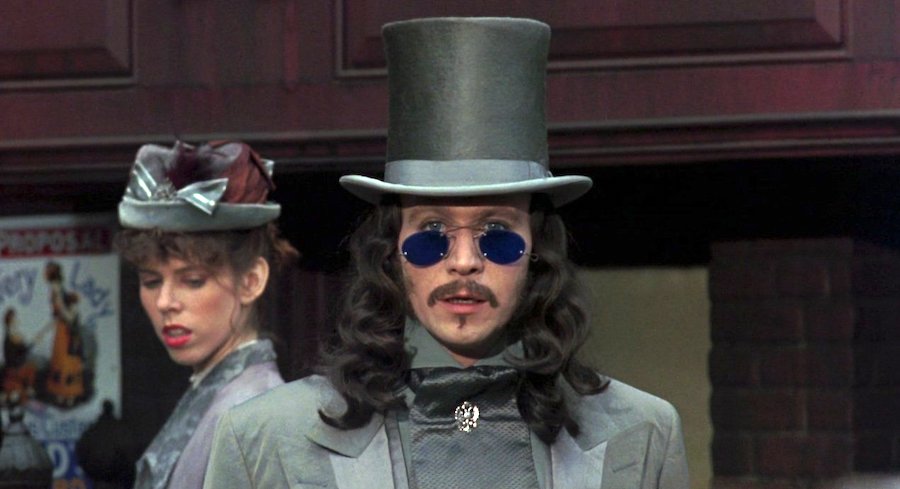
What also really plays well today is the brilliant balance of sordid seduction and scarily sinister slaughter. One of the big gripes about the new Netflix series is that is neither sexy nor scary, which is a major issue for any Dracula joint. Here, there’s no shortage of raw, animalistic sex appeal – be it the wolf ravishment of Lucy, the steamy foursome between Harker and Dracula’s three sexy brides (Monica Bellucci, Michaela Bercu, Florina Kendrick), Dracula’s seduction of Mina, etc. But the reason they play so well is the stark contrast of the gore-sodden stints of savagery Dracula displays throughout. Throat gouging, gory decapitation, bodily evisceration, slit necks, backstabbing, Bowie knifes to the heart…all come with highly unsettling amounts of bloodshed at every turn. Hell, Coppola had to excise some 25 minutes of gory footage in order to avoid an NC-17 rating from the MPAA. But it’s the tug-of-war between the two – the bloodiness and the sexiness – that strengthen one another as a larger whole. A perfect example of this that still holds up is the scene where Dracula licks the blood from Harker’s straight razor. It’s vile and repulsive yet oddly sexy and attractive at once!
WHAT BLOWS NOW: I’m not sure this is new, but Keanu Reeves sucks major d*ck in this movie. It’s even worse viewing his performance now, knowing he's capable of somewhat better things (never been a fan). But even Coppola is on record regretting the casting of Reeves, as he initially wanted Johnny Depp to play the part of Harker. The studio told him he needed a hotter name, and Coppola compromised his vision to hire an actor that would appeal to the female market. Weakness! And by Reeves' own admission, he is not happy with his turn in the film. He blamed his poor performance on being overworked at the time and that he “just didn’t have anything left to give.” Depp would have been infinitely better in the role in my opinion. Between the miscasting of Reeves and Ryder’s spotty English accent, the overarching quality of the acting by Oldman, Hopkins, Richard E. Grant, Tom Waits and the rest is dropped down a peg. Thankfully, Oldman is so commanding – so oddly alluring yet foully revolting – that Reeves’ poor performance doesn’t hinder the overall film.
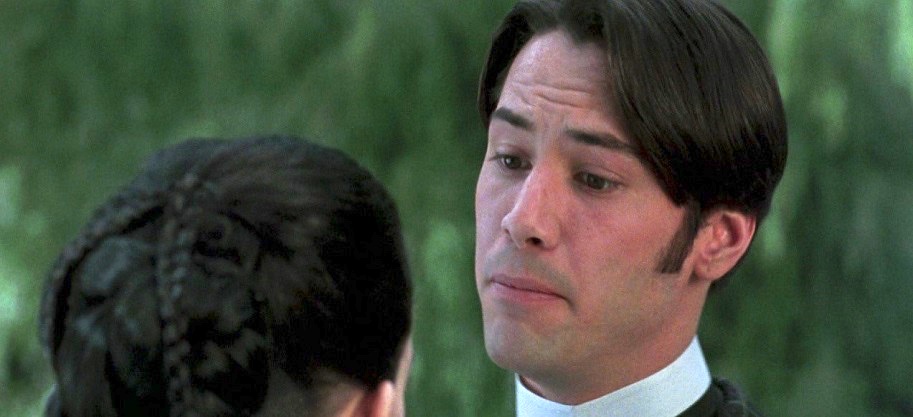
THE VERDICT: The marvelous spectacle of Coppola’s BRAM STOKER’S DRACULA is damn near beyond reproach after nearly 30 years. The story, we know, holds up on its own merits as one of the great tales of Gothic horror ever written. But it’s the rich texture Coppola adds to the text itself that ameliorates the entire endeavor. The Oscar-winning Makeup work by Greg Cannom, Michele Burke and Matthew W. Mungle are second to one, the splendidly detailed Production Design and Art Direction by Thomas E. Sanders and Garrett Lewis are both garish and nightmarish at once, and the Japanese-inspired Costume Design by Eiko Ishioka adds a cultural visage to Dracula never before seen. With Gary Oldman’s towering central performance anchoring the rest, BRAM STOKER’S DRACULA is bound to remain as immortal as the titular vampire itself!


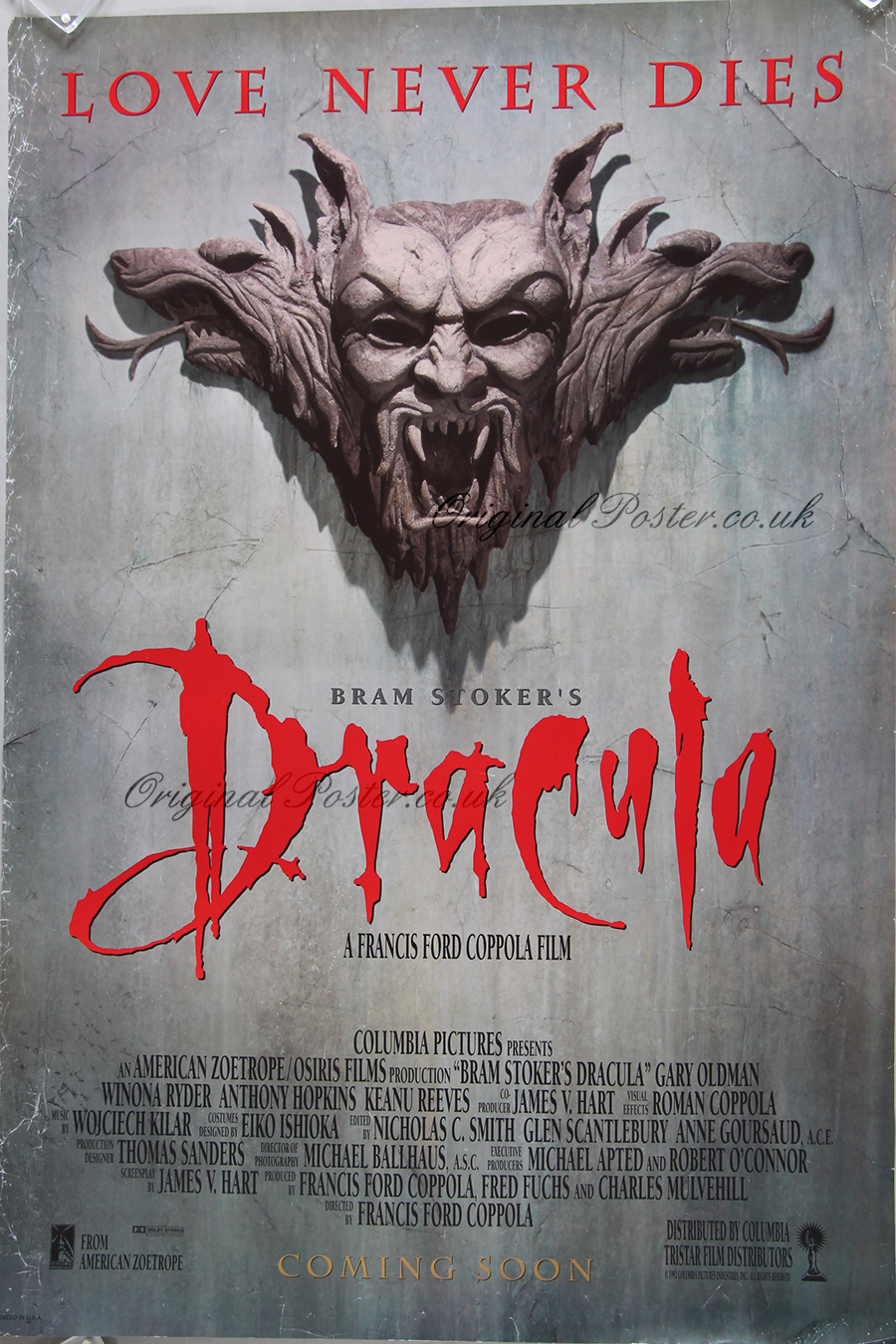




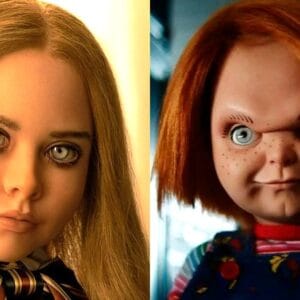








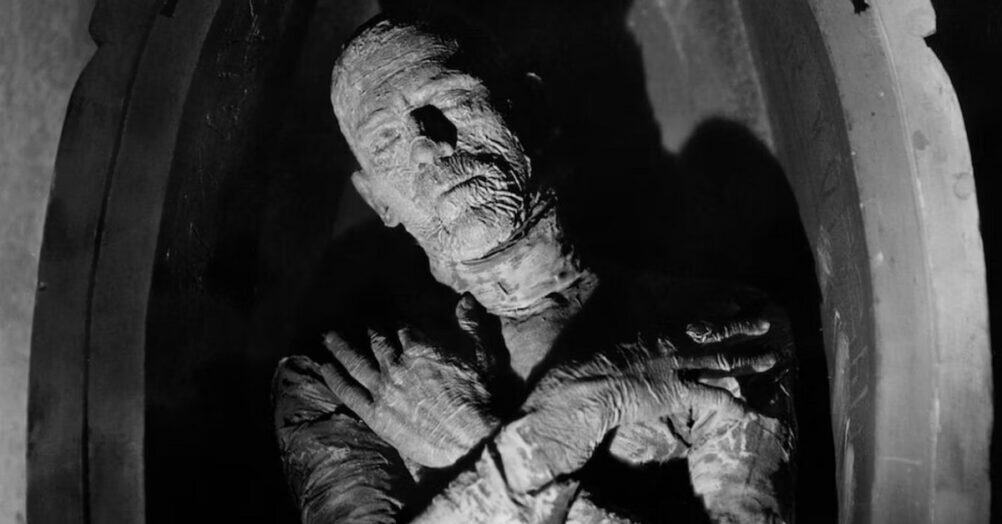
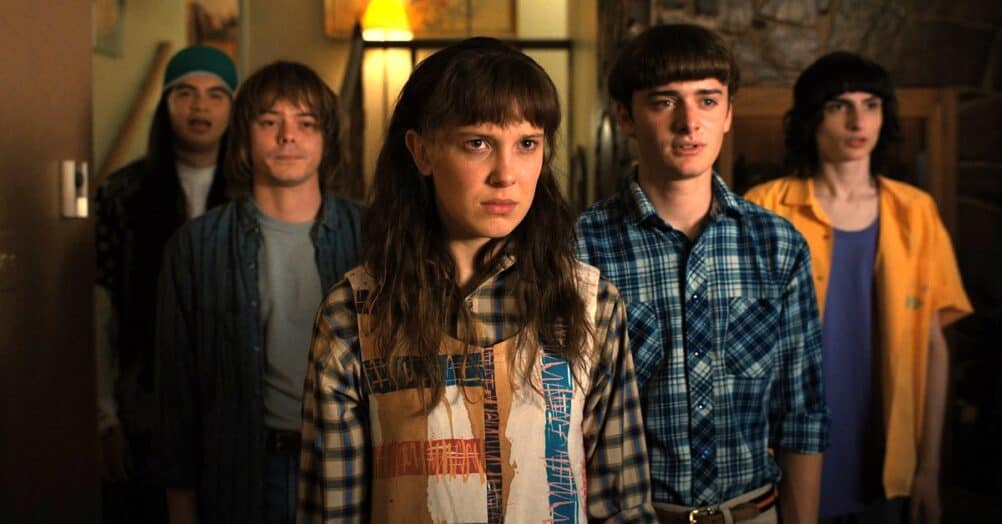

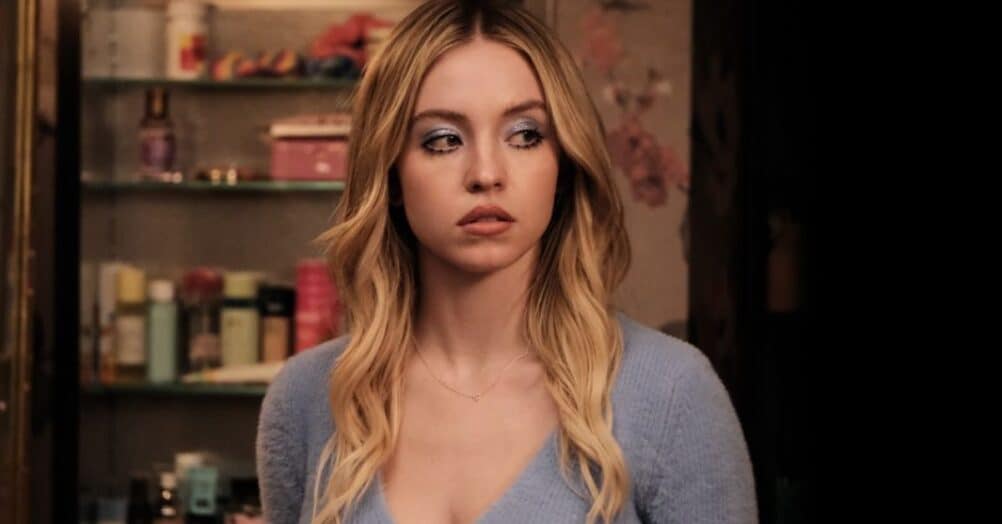

Follow the JOBLO MOVIE NETWORK
Follow us on YOUTUBE
Follow ARROW IN THE HEAD
Follow AITH on YOUTUBE